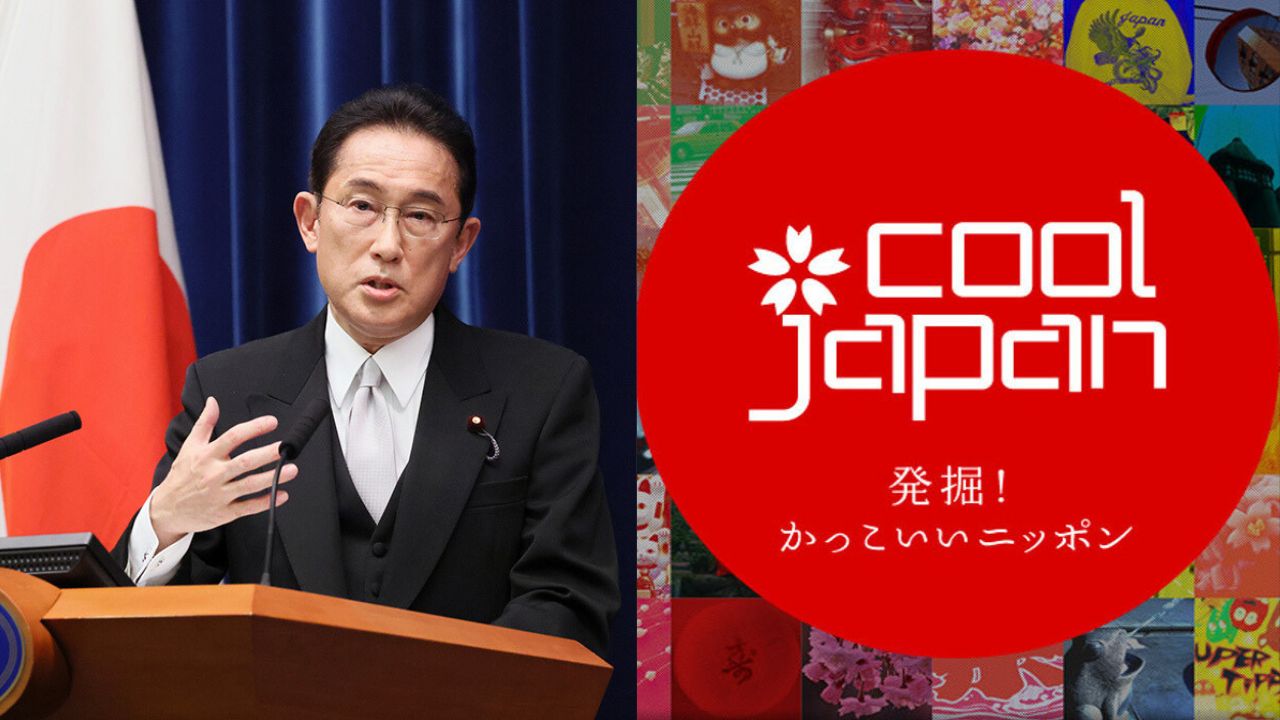Japan’s government has revealed ambitious plans to propel the nation’s creative industries, particularly anime, games, and cultural content, to new heights by 2033.
The target a staggering 20 trillion yen in revenue, more than quadrupling the current market size.
This initiative falls under the broader Cool Japan strategy, with the aim of achieving a total annual revenue of 50 trillion yen by 2033 across various sectors including content exports, agriculture, fashion, and tourism.
The significance of Japan’s content creation industry cannot be overstated. Overseas sales, primarily driven by anime and games, hit 4.7 trillion yen in 2022, rivaling exports from Japan’s steel and semiconductor industries.
In response, the government has raised the content creation sector to a basic industry, signaling its commitment to providing substantial support.
To realize these ambitious goals, the government is focusing on several key areas. First, it plans to nurture new talent within the creative industries, ensuring a steady stream of fresh voices and innovative ideas.

Efforts will be made to address unfair trade practices that have historically suppressed wages within these sectors.
Cooperation with international law enforcement agencies will be enhanced to combat piracy and the proliferation of counterfeit products, safeguarding the integrity of Japanese content.
Prime Minister Kishida has recently reaffirmed Japan’s commitment to the Cool Japan strategy, placing a renewed emphasis on promoting anime on a global scale.
The Cool Japan Program, initiated in 2013 to showcase various aspects of Japanese culture abroad, faced challenges, including significant debt incurred by the Cool Japan Fund.
However, the new policy aims to overcome past obstacles by providing flexible, continuous support over multiple years for the overseas expansion of young creators and artists.
In essence, Japan’s vision for the future of its creative industries is bold and ambitious. With a strategic focus on nurturing talent, addressing trade challenges, and leveraging international partnerships, the nation aims to position itself as a global powerhouse in anime, games, and cultural content by 2033.
Through the revitalization of the Cool Japan strategy, Japan is poised to audiences worldwide with its rich and diverse creative offerings.





